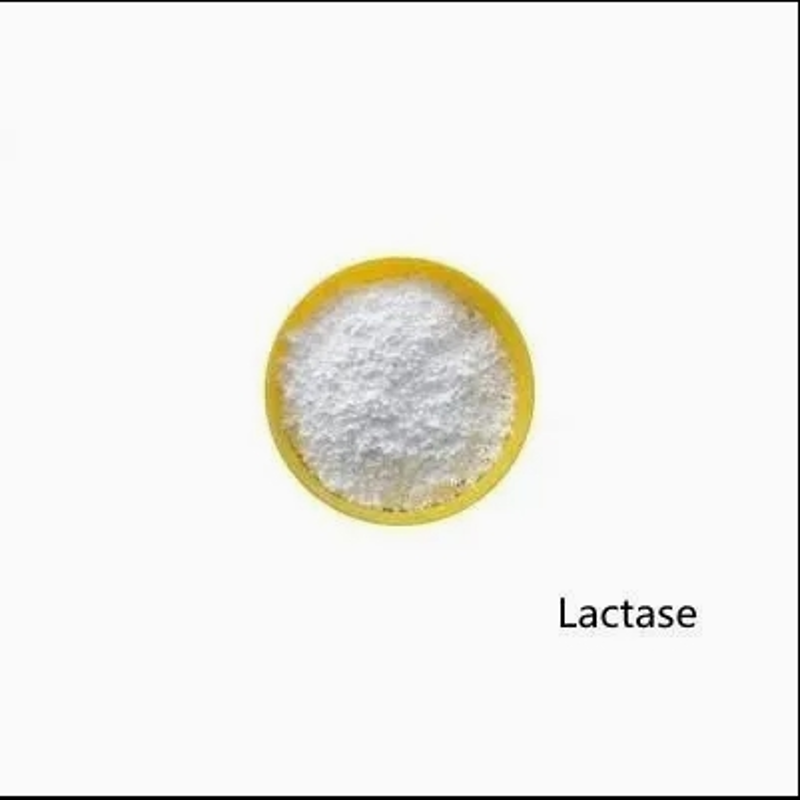-
Categories
-
Pharmaceutical Intermediates
-
Active Pharmaceutical Ingredients
-
Food Additives
- Industrial Coatings
- Agrochemicals
- Dyes and Pigments
- Surfactant
- Flavors and Fragrances
- Chemical Reagents
- Catalyst and Auxiliary
- Natural Products
- Inorganic Chemistry
-
Organic Chemistry
-
Biochemical Engineering
- Analytical Chemistry
-
Cosmetic Ingredient
- Water Treatment Chemical
-
Pharmaceutical Intermediates
Promotion
ECHEMI Mall
Wholesale
Weekly Price
Exhibition
News
-
Trade Service
Originally Answered: Why some animals can't taste the sweetness
Why some animals can't taste sweet
People always have little resistance to sweets, which are considered "the taste of happiness"
In order to explore the mystery, the team of Zhao Huabin, a professor at the School of Life Sciences of Wuhan University, chose bats to carry out related research and found the answer
closely related to diet
Why can humans and some animals taste the taste of food? This is thanks to taste-related receptor genes
"Taste will help animals choose food, and the evolution of taste receptor genes and functions is usually closely related to the evolution of animal eating habits
Taking the giant panda as an example, it mainly eats bamboo and does not like meat.
Similarly, sweet receptor genes are responsible for sensing sugars in food, such as glucose, fructose and sucrose, the three most common sugars
For example, Zhao Huabin said that some "unique" carnivores only love meat, such as leopards, tigers and lions, because their food is composed of amino acids and proteins, and there is basically no sugar, and the perception of sweetness is gradually ignored.
However, in some animal groups, the sequence evolution of taste receptor genes cannot be used to explain the feeding ecology of animals
"We conducted data mining on bat genomes and obtained the full-length sequences of sweet receptor genes of 34 representative species of bats
Further evolutionary analysis also showed that the sweet taste receptor gene sequences of these two types of bats evolved at a similar rate, and the sequences did not change significantly
Validated from cytology and behavior
However, the evolutionary pattern of taste gene sequences to explain the eating habits of bats is not enough
"We conducted research at the cellular level and found that although the sweet taste receptor genes of insectivorous bats are not 'pseudogenes', they cannot sense sugars, while fruit-eating bats can sense sugars,
So, at the behavioral level, is there a difference in sweet taste perception between insectivorous and fruit-eating bats?
The researchers conducted the classic "two-cup experiment" with a fruit-eating bat (the brown fruit bat) and an insect-eating bat (a large-footed bat), using a glass of sugary water or mashed insect pulp.
They found that brown fruit bats prefer sugary water, indicating that they can taste sweetness, while rat-eared bats have no significant preference for sugary or sugar-free insect pulp, indicating that rat-eared bats The bat's ability to perceive sweetness was lost
In order to verify the rationality of the experimental system, the team added a control experiment, replacing the cups containing the sugary insect pulp of the insectivorous bats with the cups containing the bitter compound quinine.
Finally, by constructing chimeras and conducting cell experiments, the researchers further identified that it is precisely because the insectivorous bat sweet receptors have accumulated some mutations in the VFD key functional domain that lead to the loss of their sweet taste perception function
Gene function changes
As to why the sweet taste receptor gene in insectivorous bats is not inactivated, there is no answer
.
Typically, a gene is gradually lost if it is no longer needed
.
The eating habits of insectivorous bats did not overlap with sugar, but the sweet taste receptor genes were preserved
.
"It shows that this gene is still useful, and we speculate that it may have undergone a functional transformation
.
" Jiao Hengwu said
.
To find the function of this gene, the team tested more than a dozen compounds and found a surprising phenomenon
.
Although behavioral and cellular experiments demonstrate that insectivorous bat sweet receptors cannot sense natural sugars, these sweet receptors function to sense other compounds
.
In fact, this work echoes a 2014 paper published in Science by Harvard researchers that pointed out that hummingbirds do not have a sweet taste receptor gene but can sense sweetness
.
"They found that one of the umami taste receptors in hummingbirds has changed its function, so that it can perceive sweet taste
.
" Zhao Huabin pointed out, "This also shows that the sweet taste receptor can also be transformed into other functions, while losing its original function
.
"
"This is a very miraculous phenomenon.
The function changes from one function to another
.
It can be seen that the function of animal sweet taste receptor genes has strong evolutionary plasticity
.
" Zhao Huabin said, "In the future, it will target mammals, spine Animals carry out relevant research, and I believe there will be more discoveries
.
"
Editor:







